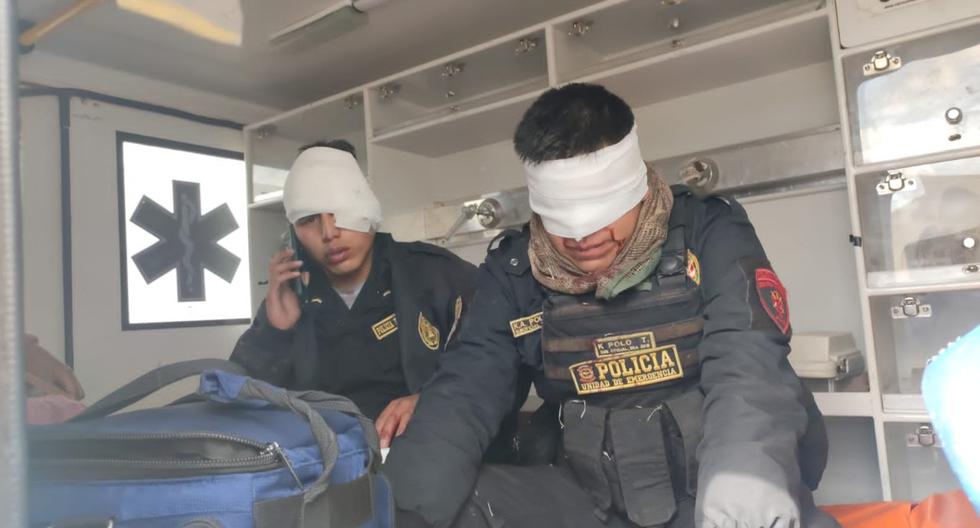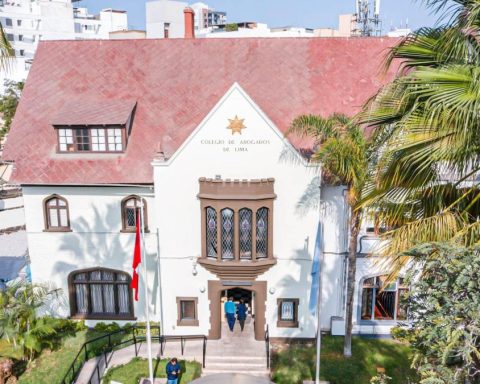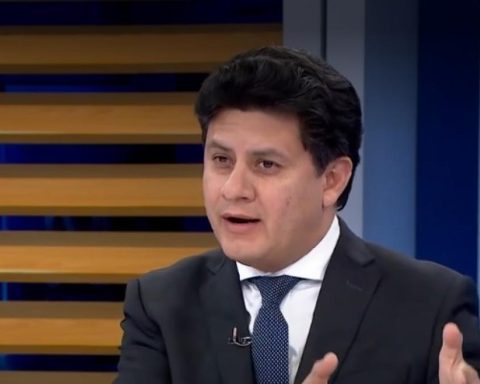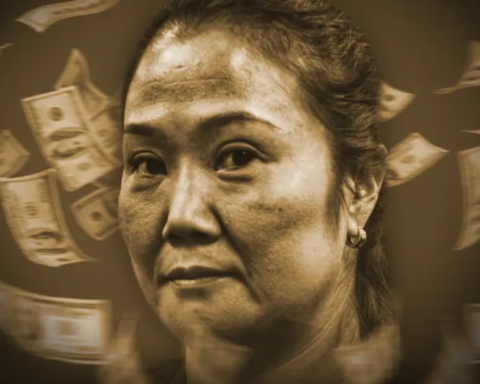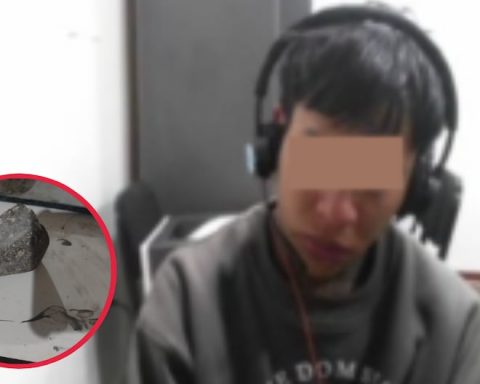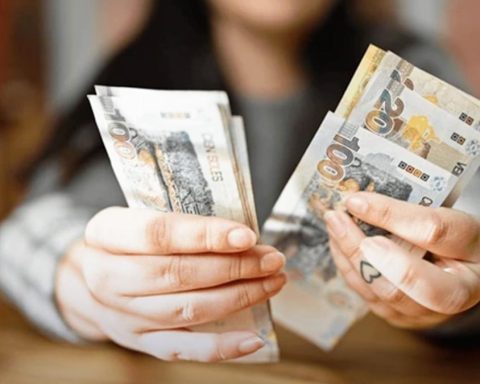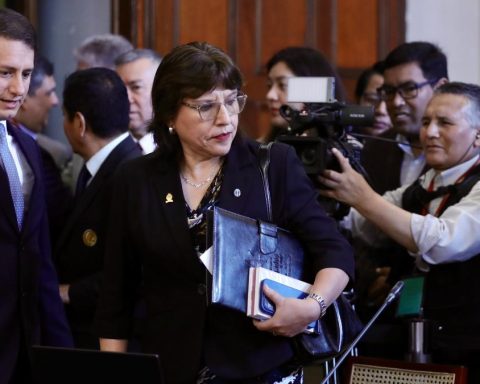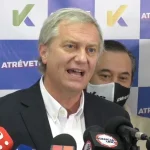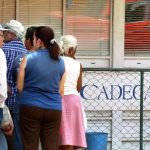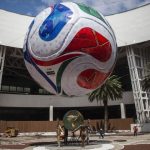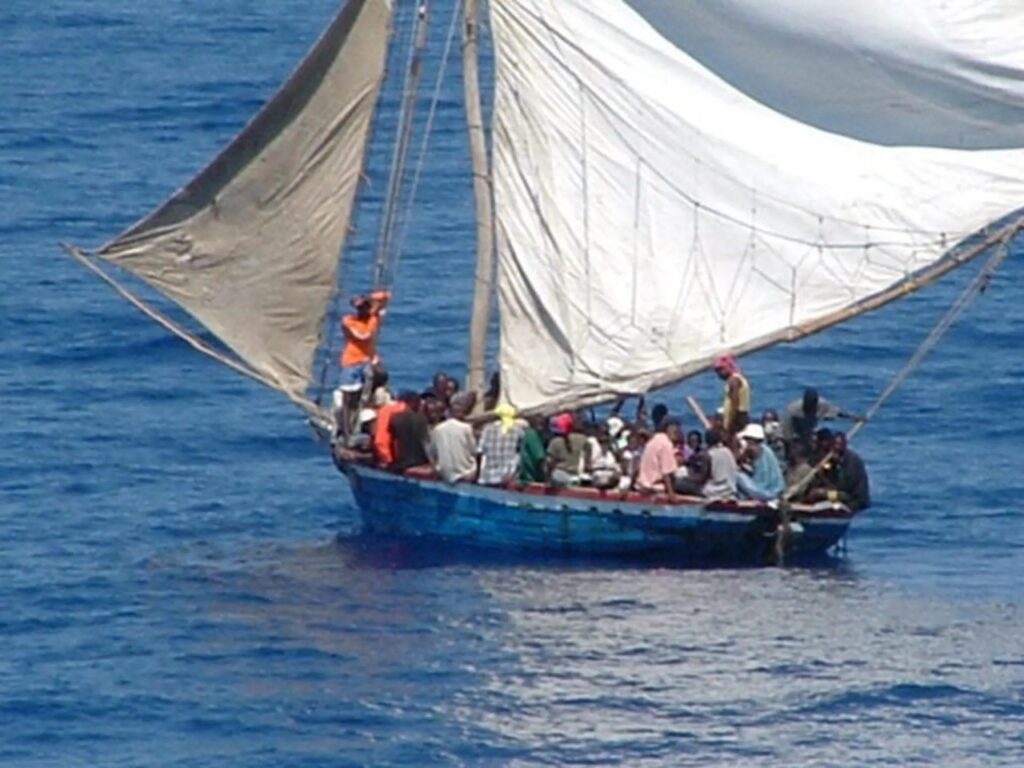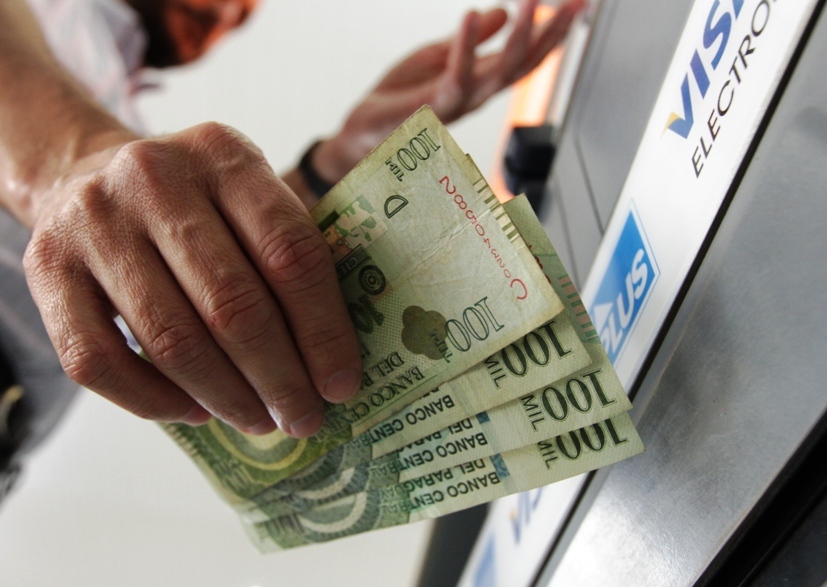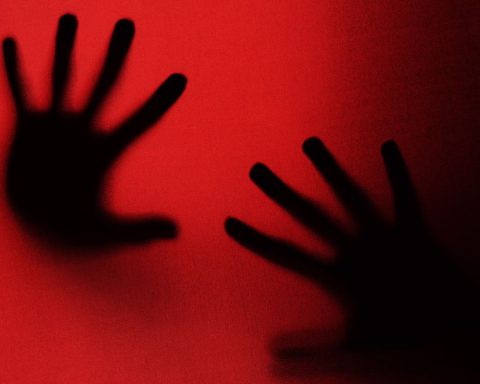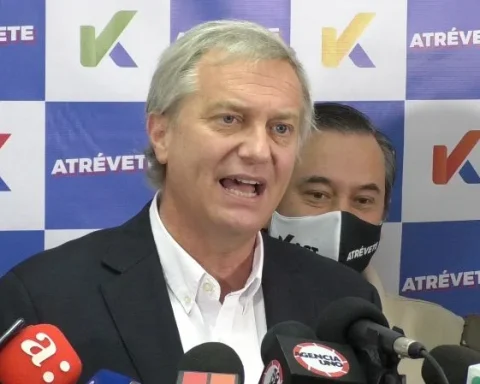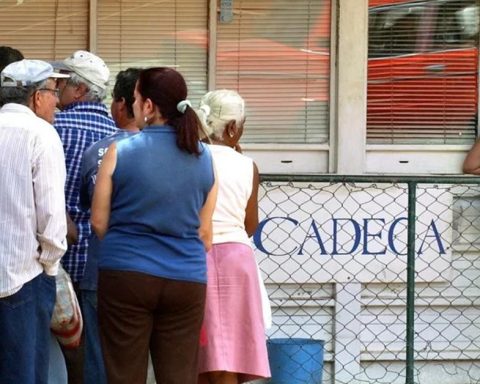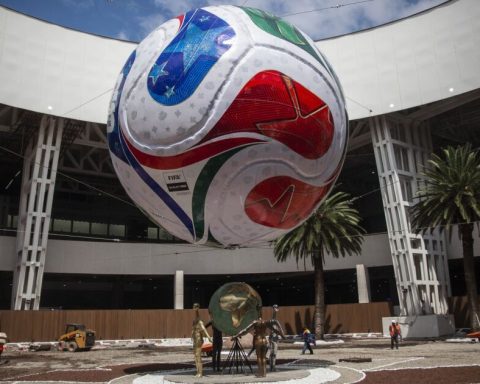The general commander of the Peruvian National Police (PNP), Raúl Alfaro Alvarado, arrived at the headquarters of the Police Aviation Directorate (Diravpol) to receive three policemen transferred from Juliaca who were injured by acts of vandalism during the unemployment in the Puno region.
Said police officers belong to the Directorate of Special Operations (Diroes) and will be transferred to the central hospital of the PNP in Lima, in order to receive due medical attention to guarantee their speedy recovery.
LOOK: Pedro Castillo received US$120,000 to promote PNP colonels, according to the Prosecutor’s Office
As recalled, a total of 22 agents of the Peruvian National Police (PNP) were injured during the acts of vandalism perpetrated yesterday afternoon, in the failed attempt to take over the Inca Manco Cápac airport in the city of Juliaca, in the region Fist.
The police officers belong to the Directorate of Special Operations (Diroes)
The attacks began around noon, when a group of people used various types of handmade firearms and threw stones at law enforcement. Other protesters set fire to a PNP Casspir armored vehicle and destroyed part of the perimeter fence of the aforementioned air terminal.
The injured police officers were transferred to the PNP Juliaca Medical Post, of the Police Health Directorate (Dirsapol), and to the Carlos Monge Medrano Hospital, of the Ministry of Health.
Two other police officers with injuries are in the Angloamericana and San Pablo clinics, in the same city.
WHY DO YOU PROTEST IN PERU?
The faces behind the violence are leaders who represent the extreme left. His fighting platform is not social but political. What they are demanding is a change in the economic model, a change in the Constitution through a constituent assembly that is presided over by a social group that they recognize as the ‘people’.
Lastly, they demand the release of the coup president Pedro Castillo who is also accused of corruption.
To achieve their objective, they use the labor mass employed by illegal mining and illicit drug trafficking as a shock force. In the last two days the strike has deflated, but it has been concentrated above all in the Puno region and a part of the Panamericana Sur highway in Ica.
RECOMMENDED VIDEOS
:quality(75)/cdn.jwplayer.com/v2/media/jcHpd75a/poster.jpg)
